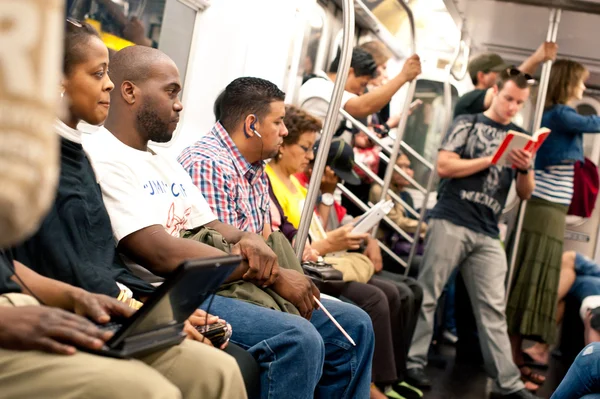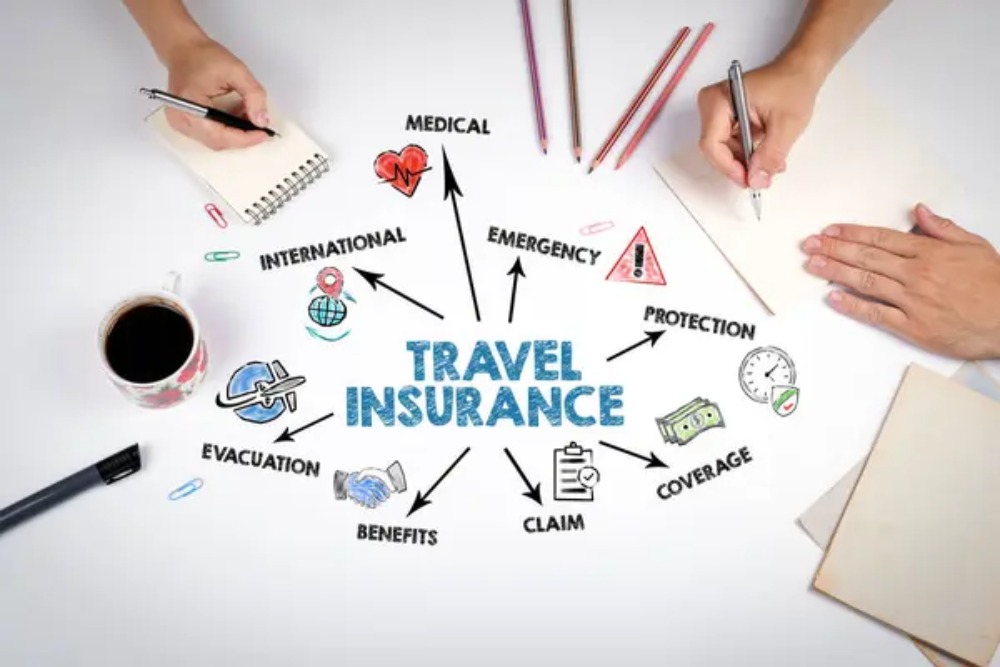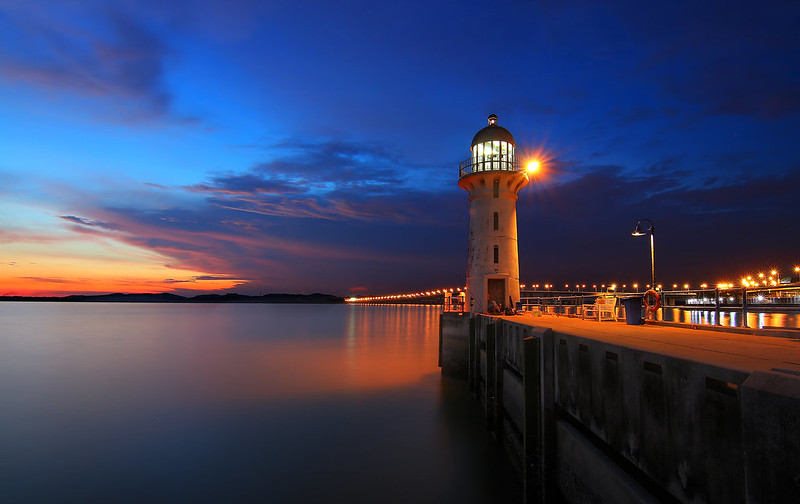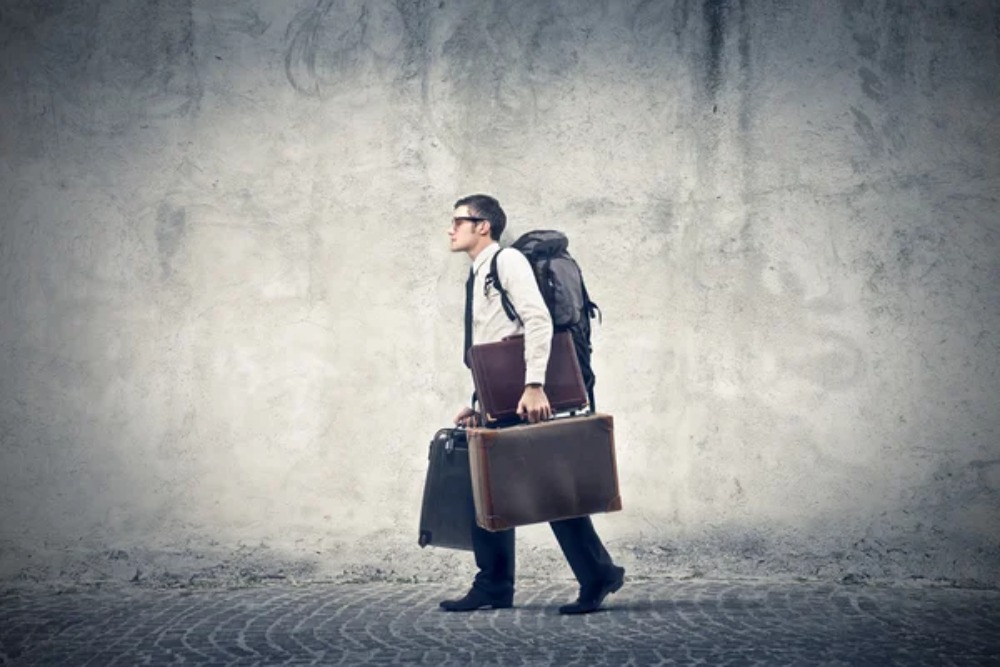Planning an adventure trip doesn’t have to drain your bank account or leave you scrambling for last-minute details. Smart thrill seekers know that the best adventures come from clever preparation, not just throwing money at problems. Whether you’re planning to bungee jump in New Zealand or trek through Patagonia, the right strategies can save you serious cash while actually improving your experience.
From finding affordable gear to timing your bookings perfectly, these proven methods help adventurous travelers get more bang for their buck. Here is a list of 15 travel hacks that will transform how you approach your next adrenaline-fueled getaway.
Travel during shoulder seasons

Timing your adventure trips during shoulder seasons can slash your costs by 20-30% compared to peak travel periods. Shoulder seasons are those sweet spots right before or after the main tourist rush when weather is still decent but crowds have thinned out.
For example, visiting Nepal for trekking in October or March instead of the busy November period means cheaper flights, lower accommodation rates, and less crowded trails. You’ll get the same stunning mountain views without paying premium prices or fighting for photo spots.
Book flights on weekdays

Airlines consistently charge less for flights departing on Tuesdays, Wednesdays, and Thursdays compared to weekend departures. This simple switch can save you 15-20% on domestic flights and even more on international routes.
Adventure travelers often have more flexibility with their schedules than business travelers, so take advantage of this pricing pattern. Flying mid-week also means fewer delays and a more relaxed airport experience, which is perfect when you’re hauling adventure gear.
Like Travel Pug’s content? Follow us on MSN.
Use flight comparison apps with alerts

Setting up price alerts on apps like Google Flights or Skyscanner means you’ll never miss a deal on flights to your dream adventure destination. These apps track fare changes and notify you when prices drop, sometimes by hundreds of dollars.
The key is setting alerts 2-3 months before you want to travel, giving yourself enough time to spot and grab the best deals. Think of it like having a personal assistant who’s constantly watching airfare prices while you’re busy planning your itinerary.
Stay outside city centers

Adventure destinations often have their main attractions outside urban areas anyway, so why pay premium prices to stay downtown? Booking accommodations in neighborhoods 15–30 minutes from city centers can cut your lodging costs in half. You’ll often get more authentic local experiences and better access to outdoor activities.
Plus, many adventure travelers prefer quieter areas where they can properly rest between activities rather than dealing with noisy tourist districts.
Pack multipurpose gear

Smart packing means choosing items that serve multiple functions, reducing both luggage fees and the amount of gear you need to buy. A quality hiking jacket that’s also waterproof eliminates the need for separate rain gear.
Convertible pants that zip off into shorts save space and weight. Quick-dry clothing works for hiking, swimming, and casual wear. This approach is like building a Swiss Army knife wardrobe where every piece pulls double duty.
Like Travel Pug’s content? Follow us on MSN.
Buy travel insurance that covers adventure activities

Regular travel insurance often excludes high-risk activities, leaving you vulnerable during the adventures you actually came for. Specialized adventure travel insurance costs slightly more upfront but can save you thousands if something goes wrong during activities like rock climbing, whitewater rafting, or mountain biking.
Many policies also cover gear replacement, which is crucial when you’re dependent on specialized equipment. Think of it as buying peace of mind that lets you push your limits without worrying about financial catastrophe.
Use public transportation and walk

Taxis and rideshares add up fast, especially in adventure destinations where distances between activities can be significant. Most adventure hotspots have decent public transit that connects major outdoor areas, and the savings are substantial.
Walking and biking also give you a ground-level perspective of your destination that you’d miss from a car window. You’ll discover hidden trails, local hangouts, and photo opportunities that other tourists zoom past.
Eat where locals eat

Tourist restaurants near adventure attractions charge premium prices for mediocre food, while local spots offer authentic meals at a fraction of the cost. Street food and family-run eateries often provide the fuel you need for outdoor activities at prices that won’t drain your budget.
Shopping at local markets for snacks and basics is even cheaper and gives you flexibility to eat on your own schedule. Adventure travel burns calories, so you’ll want to eat frequently without breaking the bank each time.
Like Travel Pug’s content? Follow us on MSN.
Book group activities and tours

Adventure tour companies offer significant discounts for groups, even if you’re traveling with just 2–3 people. Private tours that seem expensive per person become reasonable when split among friends.
Group bookings also give you negotiating power for package deals that include multiple activities. Some operators even help solo travelers join existing groups to access group rates, turning your adventure into a social experience while saving money.
Rent gear locally instead of buying

Specialized adventure equipment is expensive and often impractical to travel with due to size and weight restrictions. Renting gear at your destination costs far less than buying new equipment, especially for activities you might only do occasionally.
Local rental shops also maintain their gear properly and can provide advice about conditions and techniques specific to the area. It’s like having access to a pro shop without the pro shop prices or the hassle of lugging heavy equipment through airports.
Take advantage of free outdoor activities

Many of the world’s best adventure experiences don’t cost anything beyond transportation to get there. Hiking trails, public beaches for swimming and surfing, and scenic viewpoints are often free to access.
Research free climbing areas, swimming spots, and walking trails before you arrive. National and state parks typically charge modest entry fees that give you access to multiple activities for several days. Think of these fees as buying a day pass to an enormous outdoor adventure park.
Like Travel Pug’s content? Follow us on MSN.
Use travel reward credit cards strategically

Adventure travelers who use travel rewards cards for all their purchases can earn enough points for free flights and accommodations within a year of regular spending. The key is choosing cards that offer bonus points for travel and dining purchases, which make up a large portion of adventure travel expenses.
Some cards also provide travel insurance and gear protection as additional benefits. Just make sure you can pay off the balance each month to avoid interest charges that would wipe out your rewards.
Plan accommodations with kitchen access

Having access to a kitchen means you can prepare your own meals and snacks, which is especially valuable for adventure travelers who need to eat frequently and on irregular schedules. Hostels, vacation rentals, and even some hotels offer kitchen facilities that can cut your food costs by 60-70%.
You can also prepare trail snacks and pack lunches for day trips, avoiding overpriced convenience store purchases. Cooking your own meals also accommodates dietary restrictions and preferences that might be hard to find in restaurants.
Book activities directly with operators

Cutting out third-party booking sites and travel agents means lower prices and better communication with the people actually running your adventure activities. Direct booking often includes perks like equipment upgrades, flexible scheduling, or additional services at no extra cost.
Local operators are also more likely to offer last-minute deals or package discounts when you book multiple activities with them. You’ll get insider knowledge about conditions, alternative options, and local tips that booking platforms can’t provide.
Like Travel Pug’s content? Follow us on MSN.
Embrace spontaneous opportunities

While planning is important, leaving room in your schedule for unexpected adventures often leads to the best experiences and deals. Local operators frequently offer last-minute discounts to fill empty spots on tours or activities. Weather changes might close your planned activity but open up alternative options you hadn’t considered.
Talking to other travelers and locals reveals opportunities that don’t show up in guidebooks or online searches. Flexibility turns potential setbacks into serendipitous discoveries.
Why smart planning beats expensive shortcuts

The difference between expensive adventure travel and budget-friendly exploration isn’t about cutting corners on safety or quality. Today’s thrill seekers have access to tools and strategies that make world-class adventures accessible to anyone willing to plan ahead and think creatively. These money-saving approaches often enhance rather than diminish your experience by connecting you more directly with local communities and environments.
The best adventures happen when you’re smart with your resources, not when you’re throwing money at every challenge. Smart planning gives you the freedom to take bigger risks and explore further, knowing you’ve got the financial foundation to support your wanderlust for years to come.
More from Travel Pug

- 20 Best Beach Towns in the Carolinas
- 13 Destinations Where Tourists Regularly Regret Their Trip
- 20 Things You Actually Get in First Class
- 20 Small Airports With Aviation Museums
- 20 Places in the U.S. That Are Perfect for a Reset Trip
Like Travel Pug’s content? Follow us on MSN.
